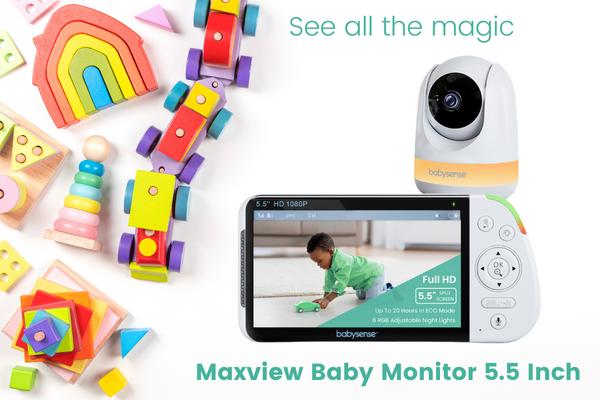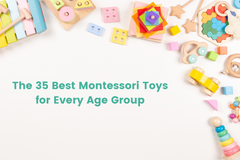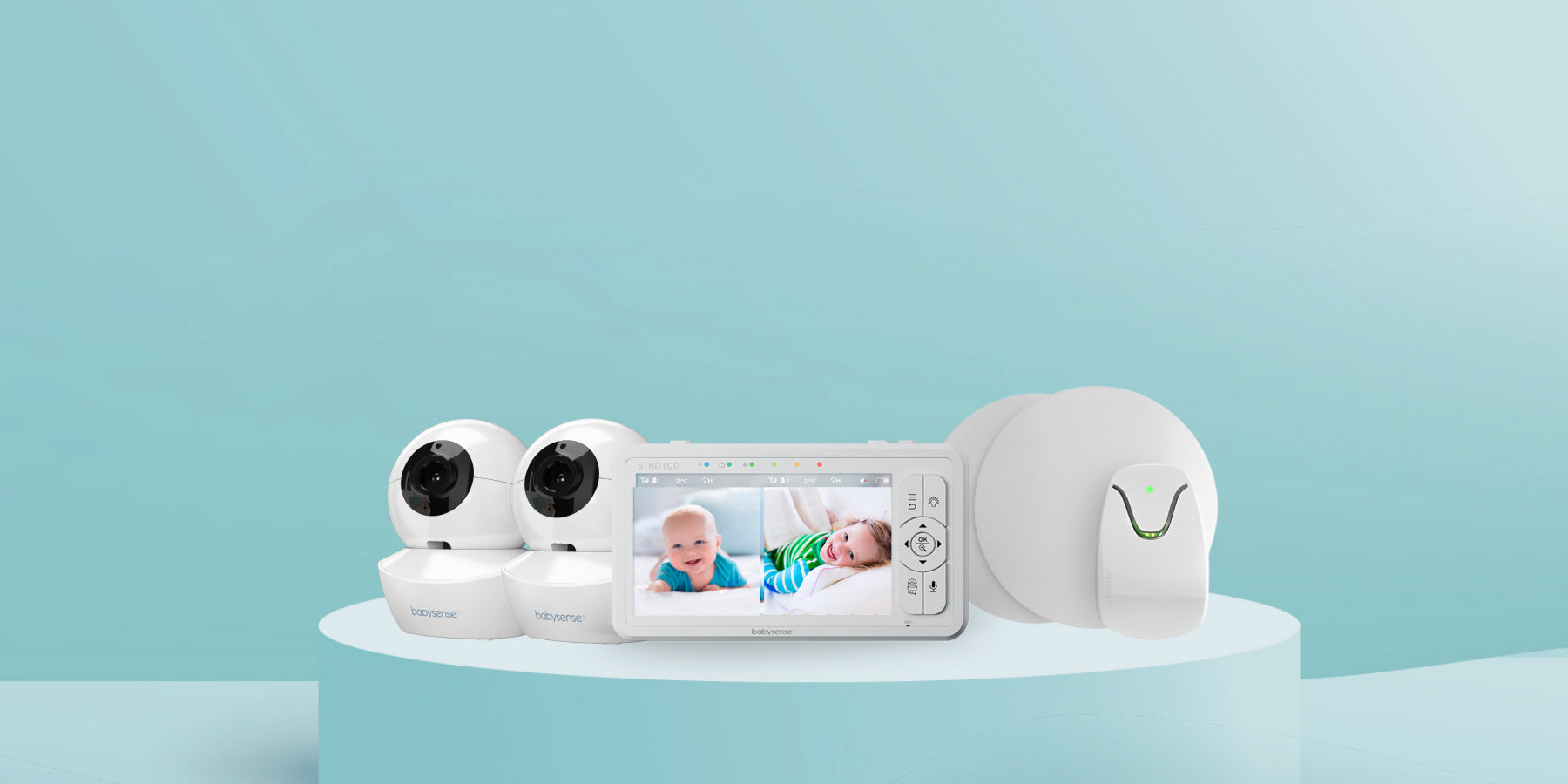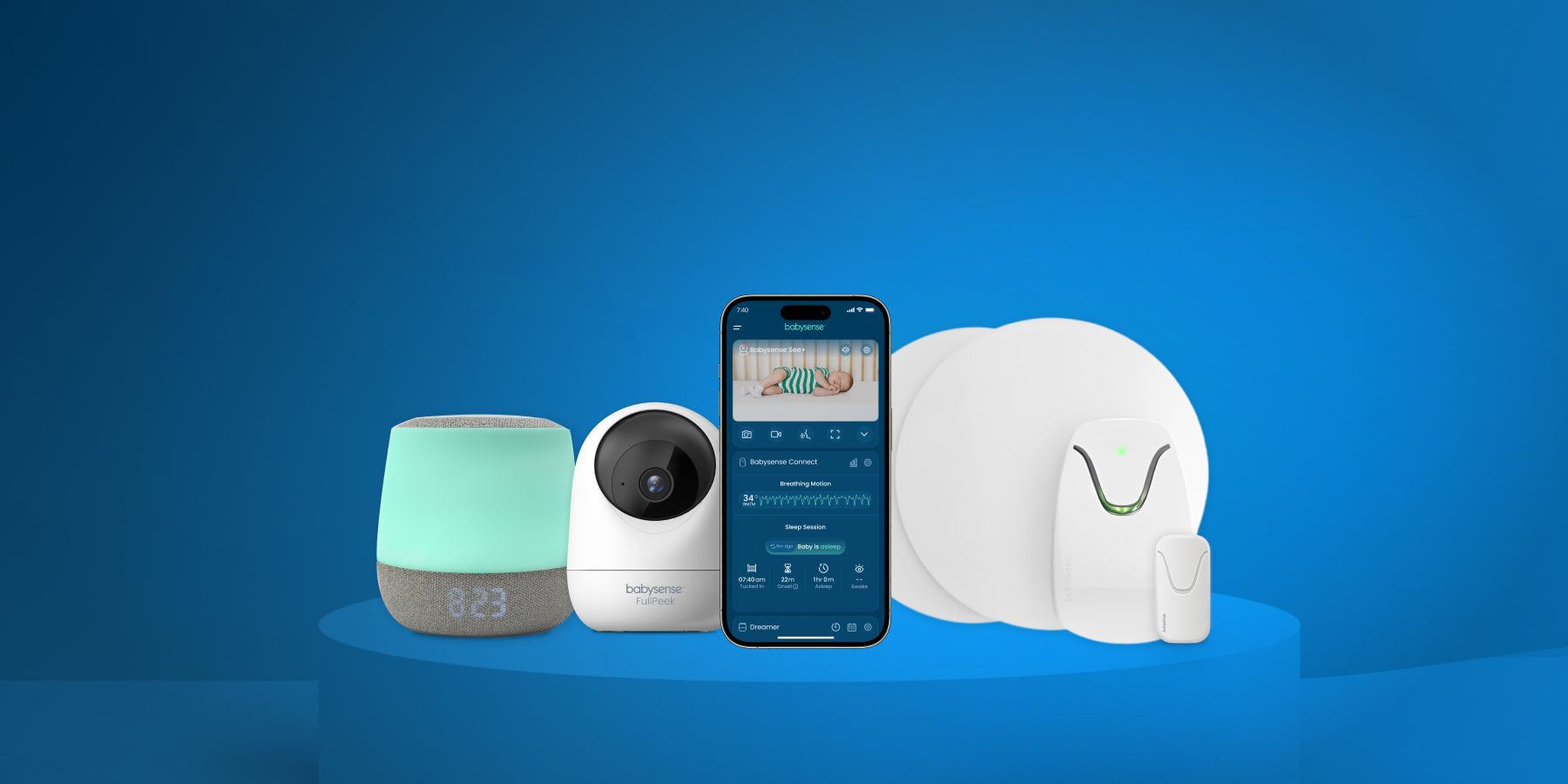In the ever-evolving journey of parenting, finding methods that both educate and foster independence is key. Montessori parenting stands out as a philosophy rooted in respect, freedom within limits, and understanding the natural development of children.
This guide will walk you through the essence of Montessori at home, offering practical tips to create a nurturing environment that unlocks your child’s potential.
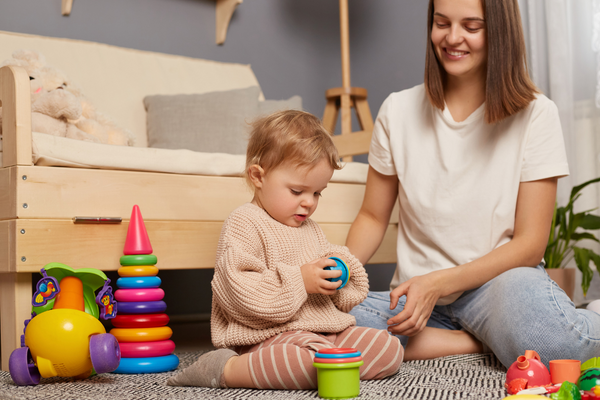
Montessori 101: What's It All About?
Dive into the world of Montessori parenting, where your living room becomes a learning lab. Developed by Dr. Maria Montessori, this philosophy puts children in the driver’s seat of their learning—within age-appropriate boundaries. They explore through hands-on play, and you act as the guide, not the director.
Montessori is about empowering children to learn by doing, embracing mistakes as opportunities rather than failures.
This approach nurtures the whole child—mind, body, and spirit—preparing them with skills beyond reading, writing, and math. It’s independence, curiosity, and respect in action.
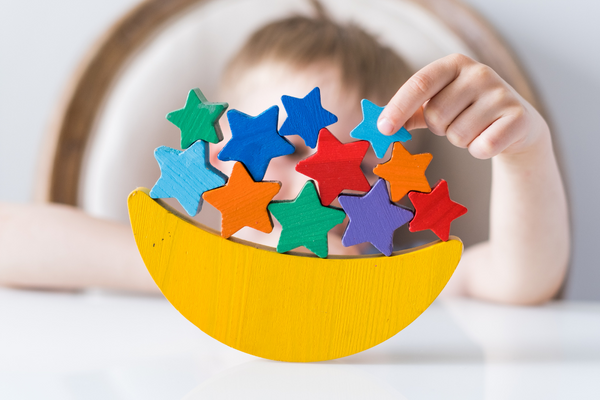
Montessori Tips for a More Peaceful Home
Creating a Montessori-inspired home doesn’t mean recreating a classroom. It means crafting a calm, accessible environment where your child can act independently.
- Declutter: A tidy space encourages focus and calm.
- Accessible materials: Keep toys and books on low shelves so your child can choose what to engage with.
- Child-sized furniture: This fosters autonomy and a sense of ownership.
- Model respect and patience: Show that mistakes are learning moments.
Empowering Little Learners
Montessori transforms everyday tasks into learning opportunities. Whether it’s tying shoes or pouring a drink, these small wins build confidence. Your home becomes a treasure trove of decision-making moments—sorting, building, and creating.
It’s not about giving them everything—it’s about giving them the tools and confidence to explore.
Weighing the Scales: Montessori Pros and Cons
Pros: Encourages independence, strong problem-solving skills, and a lifelong love of learning. Children thrive with hands-on exploration.
Cons: Requires patience, time, and often an investment in quality materials. Maintaining a Montessori space is an ongoing process.
Age-by-Age Guide to Montessori Toys
- Babies: High-contrast mobiles, soft rattles, and sensory fabrics.
- 1-year-olds: Stacking blocks, simple puzzles, push/pull toys.
- 2-year-olds: Shape sorters, art supplies, pretend play sets.
Early Brain Development and Montessori
Montessori activities align with how young brains grow best—through hands-on, sensory experiences that strengthen cognitive, social, and emotional skills. Learn more about early brain development.
Nurturing Parenthood with Purpose
Montessori parenting means creating a home where curiosity is celebrated, routines provide structure, and children feel empowered to take on challenges. You’re the guide, cheerleader, and partner in their journey.
Music for the Montessori Child
Music enriches the Montessori environment by encouraging rhythm, coordination, and self-expression. Offer instruments like drums, xylophones, or small keyboards, and join in dance sessions to show that music is both fun and a learning tool.
Routines That Work: Balancing Freedom and Structure
Consistency is key, but flexibility makes it work. A structured routine with space for choice helps children feel secure while fostering independence.
Screen Time: Finding the Right Balance

In a Montessori home, screens are limited but not banned. Choose educational, curiosity-driven content and watch together when possible, turning it into a shared experience.
Beyond the Blocks
Montessori parenting empowers your child to explore with curiosity and confidence. From mastering daily tasks to discovering a passion for learning, it celebrates the joy of discovery at every stage.


